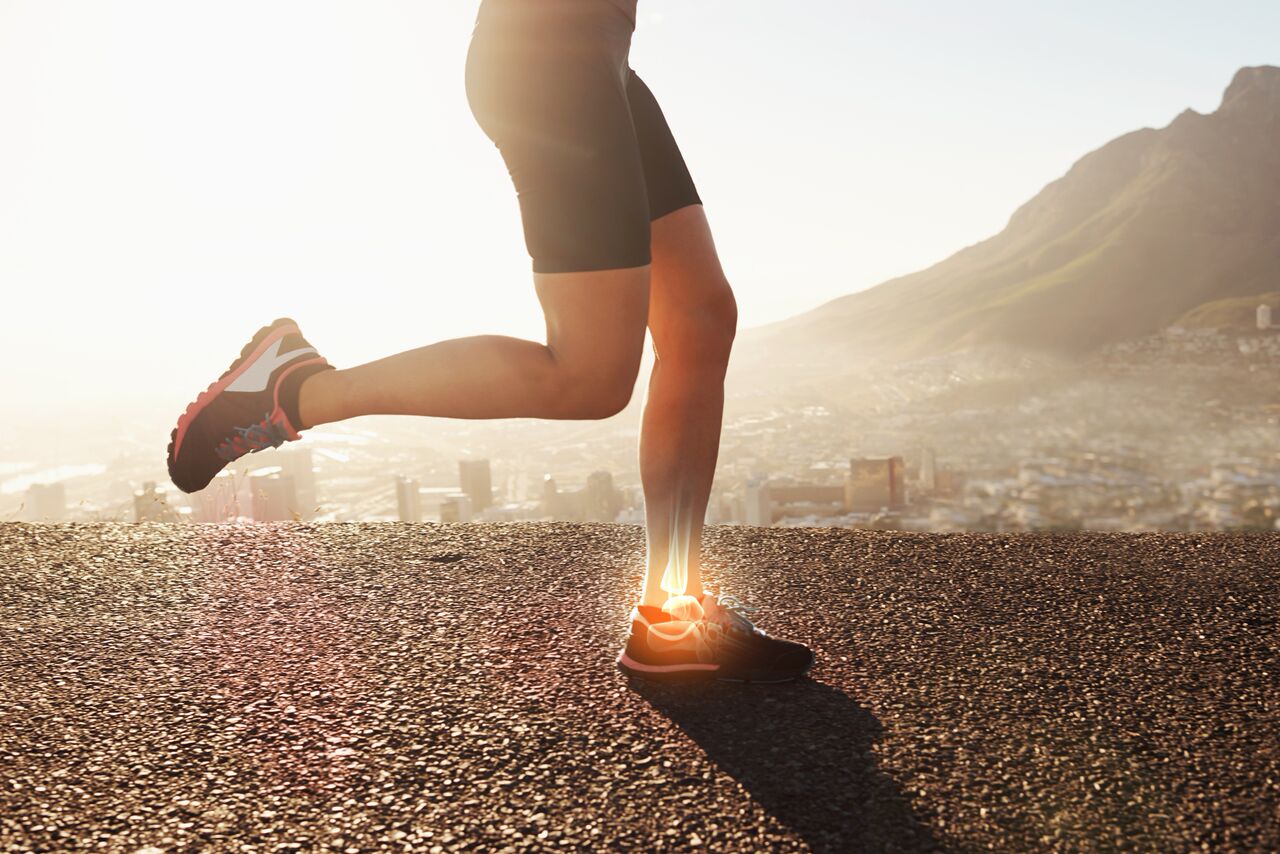Can’t catch your breath?
When we move through our daily life breathing becomes automatic, but automatic isn’t necessarily the right way to breathe while running. The lungs provide us with energy by bringing oxygen into the body and they remove carbon dioxide, the waste product created when we produce this energy. Bad posture and respiratory conditions, like asthma, can restrict the lungs capacity to take in and expel air.
When we run our body has to work harder, our breathing rate accelerates, and our circulation increases to carry the oxygen to the muscles to keep us moving. It is normal to get breathless when running long-distance, however, if we are breathing incorrectly, our breathing becomes laboured more easily and we cannot exercise for as long. When we breathe incorrectly we are also more prone to injury when we exercise; our lungs come under stress and our body begins to tense up – and tense muscles are an invitation for pulled muscles!

Mouth or nose?
Nose
Is it better to breathe through your nose or your mouth? Nose breathing helps to warm up the air before it enters your lungs, making it a good option in colder weather or for those  who suffer from asthma. However, if your nose airways are blocked from a cold or from hay fever then breathing through the nose maynot be comfortable for you.
who suffer from asthma. However, if your nose airways are blocked from a cold or from hay fever then breathing through the nose maynot be comfortable for you.
Mouth
Most people opt for mouth breathing as this feels more natural and more oxygen can betaken in than from breathing in through the nose. Nose breathing can tighten the jaw and facial muscles, whereas, breathing through the mouth relaxes the face more.
Belly breathing
Once you have decided whether nose or mouth breathing is a better fit for you, take note of how deeply you breathe when you run. If your breathing is quick and shallow it is possible that you are breathing from the chest, rather than breathing using the diaphragm. Breathing this way will restrict the amount of oxygen than enters your body and limit the amount of energy for your muscles when you run.
Many runners now practice belly breathing (or diaphragmatic breathing) in order to maximise oxygen intake. Breathing from the diaphragm means that your inhale and exhale will extend to your stomach, while your chest stays mostly still. If you find belly breathing tricky while running, to start with lie down on your back and place a hand on your stomach and focus on breathing into your hand.
The three stage breath
Many breathing and running experts recommend warming up the lungs by doing breathing exercises before attempting a long-distance run. The three stage breath is a good way to isolate the areas of the body when we breathe; it is a great way to warm up and use the full capacity of the lungs. Anybody can practice the three stage breath and it can be practiced sitting, lying down, or standing up.
How to practice the three stage breath
1) Place one hand on your abdomen and inhale into the abdomen. Feel your hand rise and fall with each breath. Do this three times.
2) Next place two hands on the ribcage, fingertips touching and pointing towards the middle of your body. Inhale into the abdomen, then the ribcage. As you exhale, exhale from the ribcage to the abdomen. On the inhale feel your ribcage expand and fingertips separate. On your exhale, feel your ribcage fall and let the fingertips come back together. Practice this three times.
3) Next place one hand on the abdomen and one hand on the chest. Inhale first into the abdomen, then the ribcage, and then into the chest. Let your hands rise with the body on the inhale. On your exhale, exhale first from the chest, then ribcage, then abdomen. Allow the hands to fall with the body on the exhale. Practice this three times.
Rhythmic breathing

Rhythmic breathing develops a pattern of breath that synchronises with each footfall. Normally runners breathe with an even footfall pattern – breathing in for 2 steps and breathing out for 2 steps.
However, breathing to this count presents some issues, because your exhale always lands on the same side. Research by Bramble and Carrier showed that the stress impact of your foot hitting the ground is greatest at the beginning of an exhalation.1 This is the case because as you exhale, your diaphragm relaxes, which creates less stability in your core. So if you always land on the same side (which happens using the 2:2 pattern) then the stress impact and likelihood of injury will always be greater on one side.
Try practicing a rhythmic breathing pattern where the exhale lands on alternate sides. Running experts suggests a 3:2 pattern, where you inhale for 3 steps and exhale for 2.2
The importance of correct breathing

Incorrect breathing can impact your body when running long distance.
It can also limit the duration and intensity of your run. Focusing on the breath can help you maximise your oxygen intake and prevent injury when running long distances.
Remember to take plenty of time to warm up and recover before and after you go on a long distance run. If you happen to have achy muscles after your run, try Arnica gel to relieve pain or stiffness as well as our blog on how to ease muscle pain after a workout.
1 https://www.ncbi.nlm.nih.gov/pmc/articles/PMC3741319/
2 http://www.runnersworld.com/running-tips/running-on-air-breathing-technique








